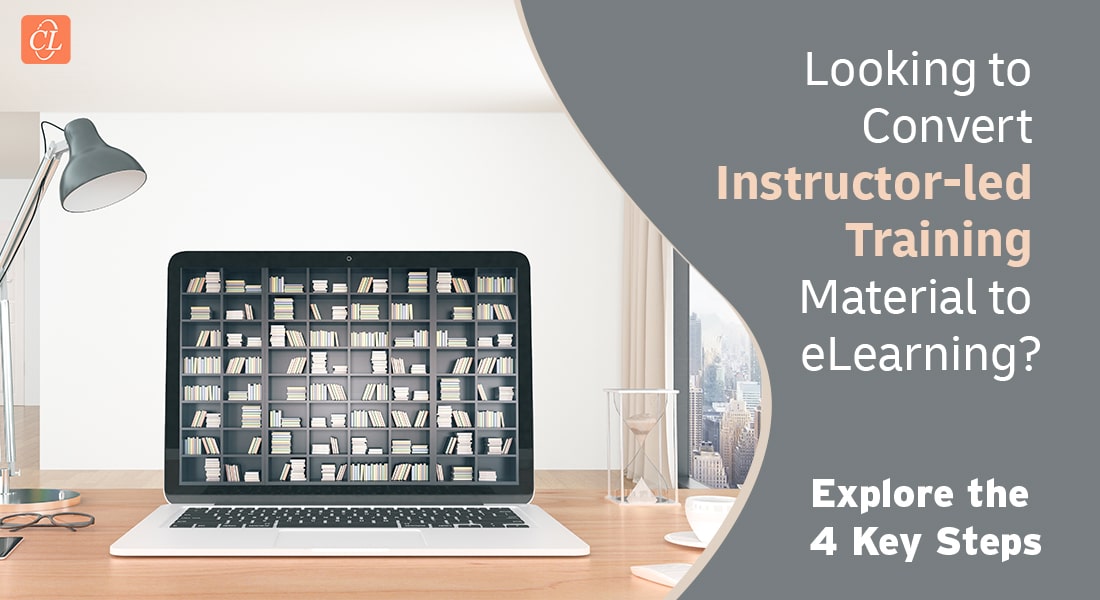The Ultimate Guide to Choosing the Right LMS for Your Corporate Training Needs h

In today's fast-paced business environment, corporate training isn't just a "nice to have" – it's essential for staying competitive and keeping your workforce engaged and skilled. Learning Management Systems (LMS) are the backbone of modern training programs, but with the multitude of options available, selecting the right one can feel overwhelming. This comprehensive guide will walk you through the critical features and considerations you need to evaluate to find the perfect LMS that aligns with your organization's specific training goals, culture, and budget.
Want to Choose the Right LMS for Your Training Needs?
Here are a few key features to evaluate -
- Scalability and customizations
- User experience
- Reporting and analytics
- Integration capabilities
- Security and compliance
- Support and training
Why a Strategic LMS Choice Matters
The right LMS does more than just deliver courses. It can:
- Boost Employee Engagement: Intuitive interfaces, mobile access, and personalized learning paths make training enjoyable, not a chore.
- Drive Skill Development: Track progress, identify knowledge gaps, and deliver targeted training to maximize employee potential.
- Streamline Compliance: Ensure your team stays up-to-date with industry regulations and internal policies through automated training and reporting.
- Improve ROI: Reduce training costs, optimize resource allocation, and measure the impact of training initiatives on performance.

Key LMS Features to Evaluate
1. Scalability and Customization
- Size Matters: Whether you have a small team or a global workforce, your LMS should scale with your company's growth.
- Tailor-Made: Choose a system that allows for customization of branding, course content, and user interfaces to match your company culture.
- Content Variety: Does the LMS support different formats like video, interactive simulations, and gamification? Ensuring this is key for keeping learners engaged.
→ Download eBook Now: LMS for Extended Enterprise Learning
2. User Experience
- Ease of Use: An intuitive interface for both administrators and learners ensures quick adoption and minimizes training time.
- Mobile Accessibility: Enable learning on the go, making training fit into your employees' busy schedules.
- Social Learning: Look for features like discussion forums and peer-to-peer feedback to foster collaboration and knowledge sharing.
3. Reporting and Analytics
- Robust Data: Track learner progress, course completion rates, assessment scores, and identify areas where additional support may be needed.
- Customizable Reports: The ability to generate reports tailored to your specific needs helps demonstrate the value of training to stakeholders.
- Integration with HR Systems: Streamline performance management by connecting your LMS with existing HR tools to track employee development.
4. Integration Capabilities
- Third-Party Integrations: Your LMS should seamlessly integrate with other essential business tools like your CRM, video conferencing platforms, or content authoring software. Here are a few LMS platforms to get started with

- API Access: Open APIs allow for greater flexibility and customization, enabling you to connect the LMS with unique internal systems.
5. Security and Compliance
- Data Protection: Ensure the LMS adheres to robust security standards to protect sensitive employee information.
- Regulatory Compliance: If your industry has specific compliance requirements (e.g., healthcare, finance), make sure the LMS can help you meet them.
6. Support and Training
- Vendor Reputation: Research the vendor's track record for customer support and responsiveness.
- Onboarding and Training: Does the vendor provide adequate training for administrators and users to get started with the LMS?
Additional Considerations for Corporate Training
- Blended Learning: The best LMS platforms support both online and offline learning activities, allowing you to create a more comprehensive blended learning program.
- Content Creation Tools: Built-in authoring tools can simplify the process of developing custom courses. Here are a few authoring tools to get started -
- Gamification and Badges: Rewarding progress and achievements with gamification elements can increase learner motivation.
- Budget: Set a realistic budget for your LMS investment. Consider both upfront costs and ongoing expenses like licensing fees, maintenance, and support.
Selecting Your Ideal LMS: A Step-by-Step Approach
- Needs Assessment: Define your organization's specific training goals, target audience, and budget.
- Feature Prioritization: Based on your needs assessment, identify the must-have features and those that are nice to have.
- Vendor Shortlist: Research and compare LMS vendors based on your feature list and budget.
- Demos and Trials: Schedule demos and take advantage of free trials to experience the LMS firsthand.
- Implementation Plan: Work with the vendor to develop a detailed implementation plan that includes timelines, training, and support.
The Right LMS: Your Strategic Training Partner
Choosing the right LMS is a critical decision for any organization invested in employee development. By carefully evaluating features, prioritizing needs, and following a strategic selection process, you can ensure that your LMS becomes an invaluable tool in fostering a culture of continuous learning and driving your business forward. Apart from employee training, an LMS is equally crucial to provide extended enterprise learning, and this eBook with help you understand more about it.





![How Blended Learning Can Enliven Your Corporate Training [Video]](https://blog.commlabindia.com/hubfs/Imported_Blog_Media/blended-learning-enliven-corporate-training-video.jpg)